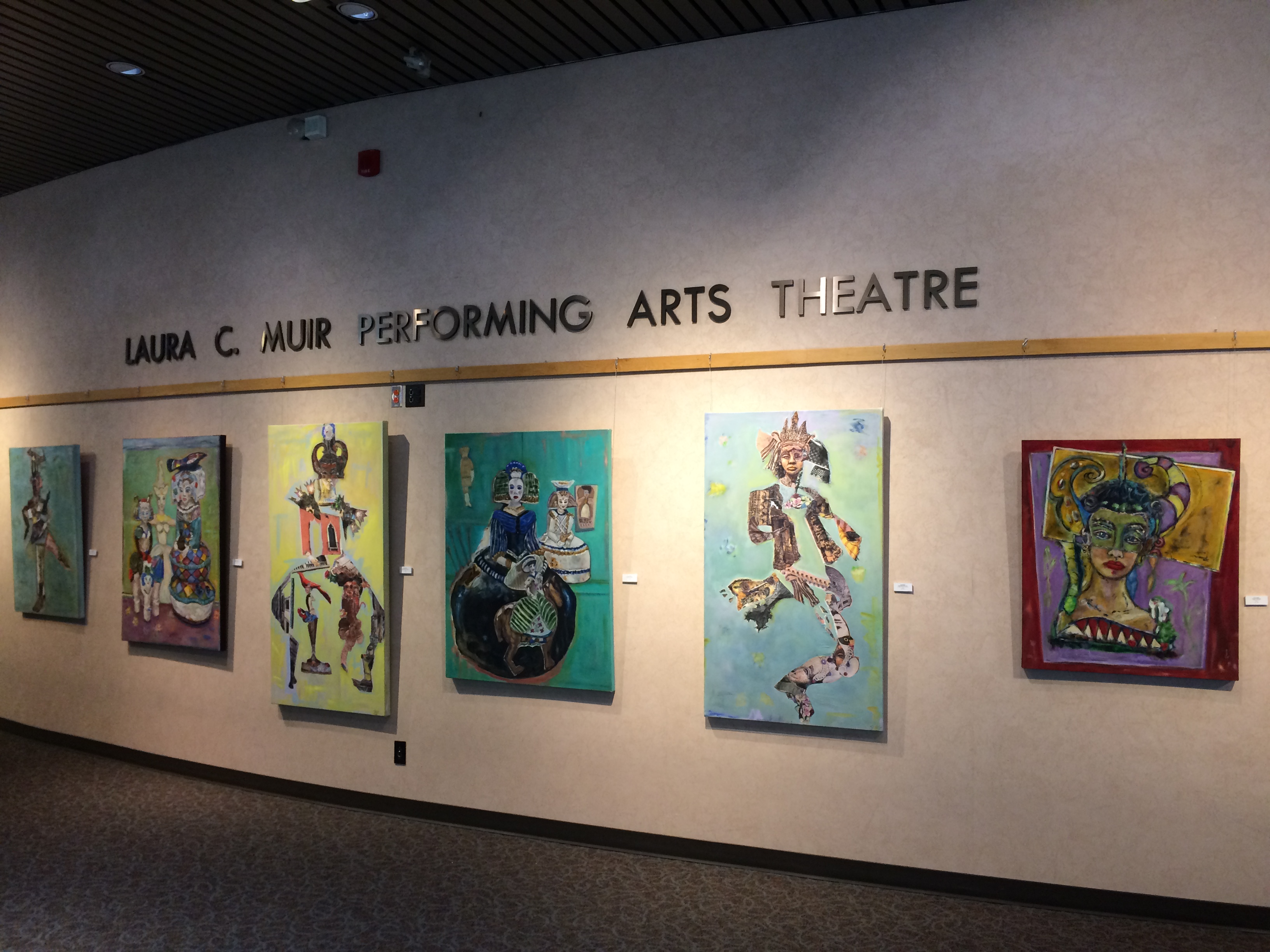
Urgency to remove images sheds light on issues that should instead be dealt with
By CJ Sommerfeld, Staff Writer
The critiques ranged from comparing the photographs to those from a crime scene, to comparing the subject’s expressions to that of the opiate nod—a familiar visual for many Vancouverites.
How do you define good art? Something that is thought-provoking? Emotion-invoking? Or cookie-cutter and lacklustre, let’s say, something out of the Academy? Does good art make you feel uncomfortable? Or does it only make you feel that way when it triggers an issue not yet dealt with?
Seven billboard-sized photographs along the Arbutus Greenway have been covered up after complaints of making the public feel just that: uncomfortable. Each exhibited a close-up of reclined person, sleeping. The images did not exhibit hate towards any group of persons, yet the city has deemed the public’s lack of comfort enough reason to take the images down.
The critiques ranged from comparing the photographs to those from a crime scene, to comparing the subject’s expressions to that of the opiate nod—a familiar visual for many Vancouverites. Others wrote off the works simply as depthless and pretentious new age art. However, most complaints remained within the realm of disturbing, haunting, and unsettling.
And frankly, the images very well could have been taken in the Downtown Eastside (DTES). The photos are raw and real, for which reason they have succeeded in harnessing the public’s attention. The photographs are not conventionally beautiful like the images of landscapes which have replaced them, but instead they speak to a truth that is not normally highlighted on billboards. To someone who is familiar with the opiate nod—yes, the sleeping subjects could be mistaken for someone on heroin, nodding off, and no, this is not a comfortable nor beautiful image. Is there not something wrong with this picture? If we are mistaking a sleeping person for someone on opiates, is there not a social problem that needs to be fixed? Instead, the images were covered up with some photos of landscapes, a Band-Aid to shield this part of Vancouver’s eyes from what is happening in other parts of the city. Out of sight out of mind, right?
When rap music moved into the mainstream in the mid-’80s, the “Parental Advisory” label was introduced. The material in these songs were much rawer than what the commercial public had previously been listening to: drugs, swearing, gangs, systemic racism, and unrightfully incarcerated persons, among other social injustices. It was evidently uncomfortable for those whose who did not share the same reality to listen to the album’s contents. As more of the country became exposed to this genre, a group of women who were married to men in politics known as the Washington Wives, assembled an advisory committee to try and shield the public’s ears from such contents. They eventually created the black and white Parental Advisory stickers that we now see on records and CDs. However, instead of using their social and political power to try and fix the problems of people living in these neighborhoods, they instead created a black and white sticker to stick on certain music works.
The photographs were not based on the opiate nod. They were a series of photographs chosen by artist Steven Shearer for public exhibition as part of the Capture Photo Festival. On the photo festival’s website, the works are explained. “The images presented here are appropriated from Shearer’s personal archive and include both photographs purchased through eBay as well as those found in print and online. Through the sustained act of looking and searching over several years, the artist connects the iconography in these found images with depictions of different canonical styles and representation throughout art history.
The reclining and sleeping figures presented on Shearer’s billboards recall the poses found in religious paintings and sculpture, wherein bodies appear to be in states of ecstasy or seem to defy gravity, as if they are floating, having been released of their earthly bonds. By virtue of giving way to their physical desire for sleep, the figures have unintentionally invited passersby to observe them at a heightened level of vulnerability and intimacy. In mining the internet and eBay (the most public of forums) for images of private moments and again making them public, Shearer offers a subversive and poignant commentary on the ways in which so many banal moments of our lives in contemporary society are made accessible for public consumption.”
The problem is not that of bad art. For some, Shearer’s photographs have triggered connotation of the opioid crisis, which in turn has rightfully made these viewers feel uneasy. Covering up these images is doing nothing for the crisis other than shielding a part of the city’s eyes from it. The same thing can be said about putting a Parental Advisory label on a CD. Sure, maybe some people are being shielded from the problems mentioned in the song’s lyrics, but what is actually being done about the problems in these marginalized neighborhoods?
“The best art makes the comfortable feel disturbed and the disturbed feel comfortable. This is such a raw conversation piece that sparks what is needed right now, human connection.” Vancouverite, Kel Zamora tells the Other Press after viewing the billboards.

